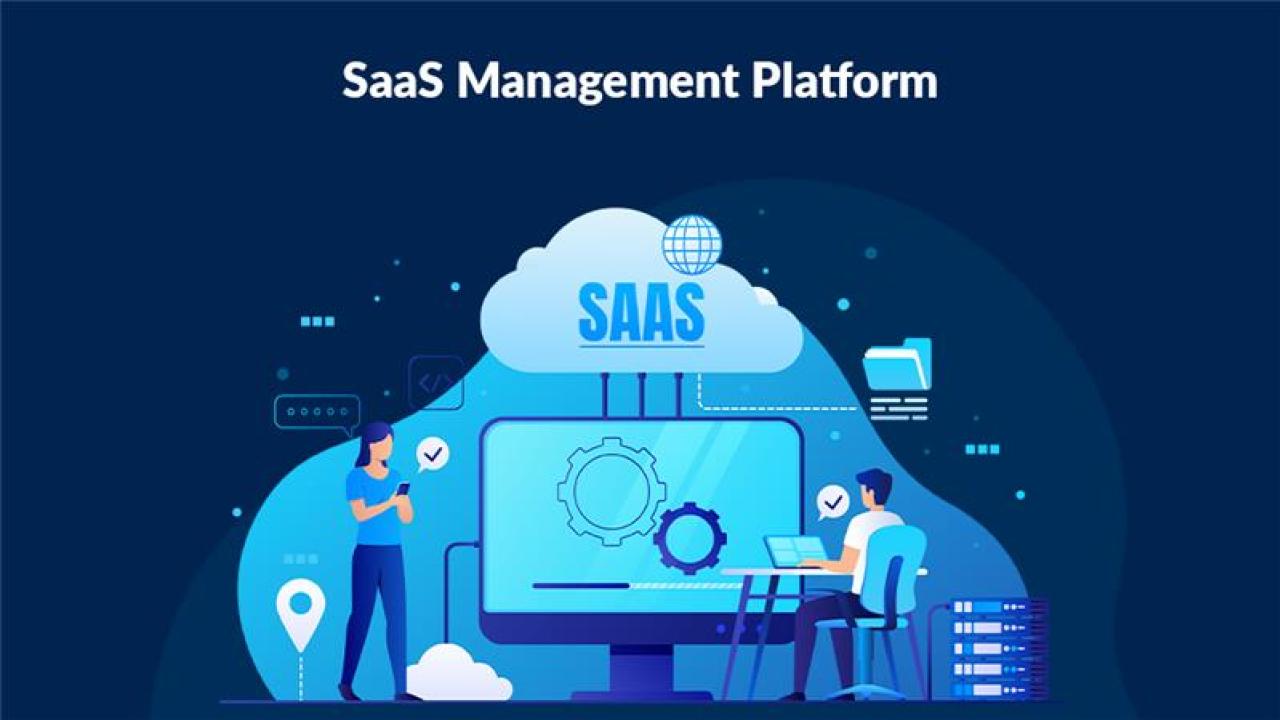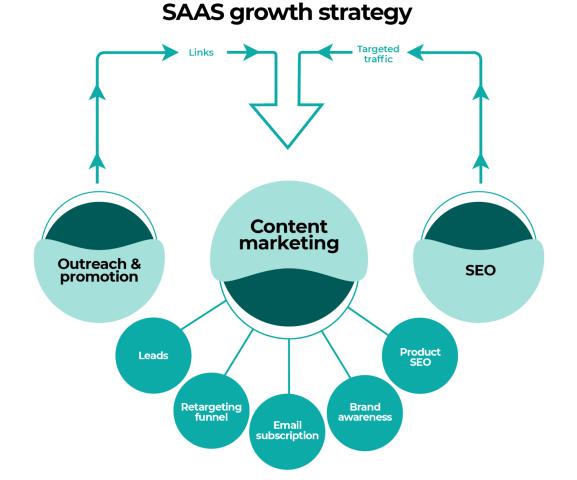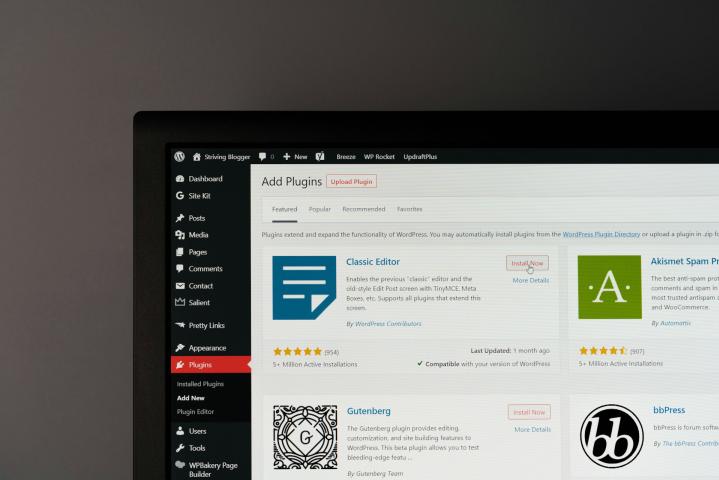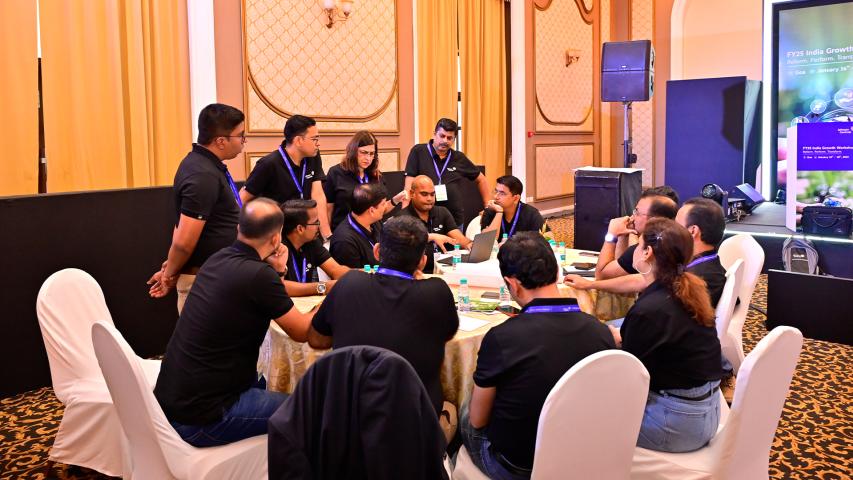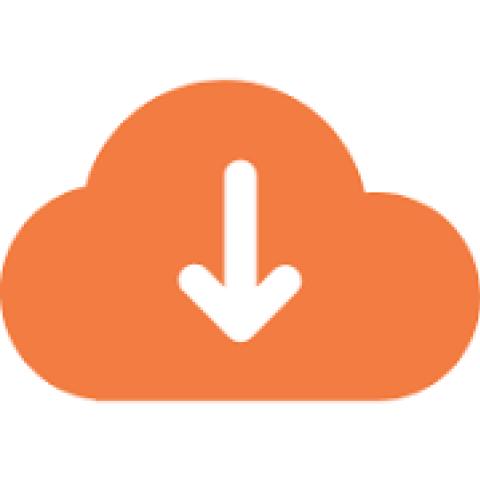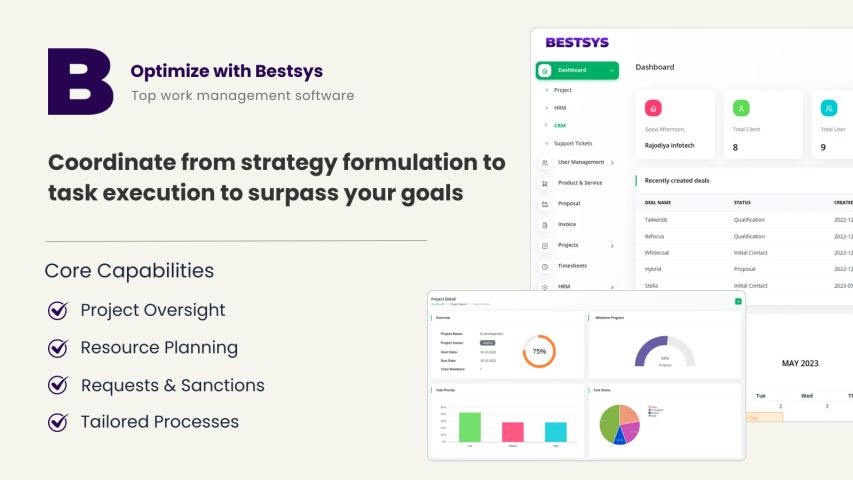As organizations increasingly turn to Software as a Service
(SaaS) solutions, the challenges of managing SaaS portfolios have become more
prominent. SaaS applications offer flexibility, scalability, and streamlined
access, empowering employees and departments to independently adopt and
integrate tools that meet their unique needs. However, this ease of acquisition
can lead to a chaotic SaaS environment where traditional tracking methods, like
spreadsheets, fall short. Here’s why organizations are now turning to SaaS
Management Platforms (SMPs) to address the complex challenges that come
with expanding SaaS portfolios.
Lack of Comprehensive Visibility into SaaS Usage
In most organizations, new SaaS tools are added regularly by
various departments, often without oversight from IT or procurement teams. With
each tool acquisition, the challenge of maintaining an accurate and
comprehensive view of all SaaS applications grows. Without an SMP, it’s
difficult for organizations to keep track of which applications are actually
being used, who’s using them, and how frequently. This lack of visibility can
lead to increased costs from unused or underused licenses and create security
vulnerabilities, as unsupported or unmonitored applications (often called
shadow IT) proliferate across the organization.
SMPs address this challenge by centralizing information on
SaaS applications and tracking usage patterns across all departments. This
visibility empowers companies to make data-driven decisions on which
applications are essential and which may need to be phased out or re-evaluated.
Complex Pricing Structures and License Management
One of the most intricate aspects of SaaS
management is navigating complex pricing structures and licensing models.
SaaS vendors frequently update pricing tiers, offer volume discounts, and
provide user-based licensing options. Managing these contracts and ensuring the
organization pays only for what it truly needs is essential, yet daunting
without the proper tools.
SMPs streamline the license management process, offering
automated provisioning and de-provisioning of licenses. This can save both time
and money by ensuring that only authorized users have access to each
application, preventing the accumulation of unused licenses. Furthermore, SMPs
can handle complex licensing requirements across various departments and help
with negotiations by providing insights into actual application usage.
Security and Compliance Challenges
The decentralized nature of SaaS adoption means that
applications are often introduced to the organization without a standardized
process for vetting their security or compliance status. This fragmented
approach increases the risk of data breaches, non-compliance with industry
regulations, and loss of sensitive information. With organizations facing
heightened data protection regulations, ensuring compliance is more critical
than ever.
SMPs allow organizations to enforce security and compliance
policies by providing a unified platform for evaluating each application’s
compliance posture. By tracking which applications meet regulatory requirements
and centralizing security policies, organizations can better protect their data
and prevent unauthorized access.
Inefficiencies in Contract Management
Contract renewals are another pain point in managing SaaS
portfolios. With various applications on different renewal cycles, managing
contracts without dedicated support becomes increasingly difficult.
Organizations may overlook renewal dates, leading to automatic renewals on
unfavorable terms or interruptions in service when contracts lapse.
SMPs help organizations keep track of contract details and
renewal timelines, providing automated alerts to streamline negotiations and
avoid costly renewal oversights. With insights into application performance and
usage data, companies are better positioned to negotiate terms that align with
their needs, ensuring cost-effective renewals.
Managing Application ROI and Value
Determining the return on investment (ROI) for SaaS
applications can be challenging without concrete usage metrics. Different
stakeholders have varying expectations for what constitutes "value,"
and without data, it becomes difficult to align SaaS investments with business
goals.
SMPs offer tools for tracking metrics like usage frequency,
engagement levels, and user feedback, giving organizations a clearer view of
the value each application delivers. By having access to detailed insights,
organizations can prioritize applications that directly contribute to
productivity or revenue and phase out those that do not.
Conclusion
The rapid adoption of SaaS applications across organizations
highlights the need for SaaS
Management Platforms (SMPs). As SaaS portfolios grow in complexity, SMPs
offer essential tools to streamline processes, reduce costs, and increase
visibility into every layer of an organization’s technology stack. By
centralizing SaaS management, automating license provisioning, and ensuring
security and compliance, SMPs enable organizations to optimize their SaaS
investments, aligning them with broader business objectives.
